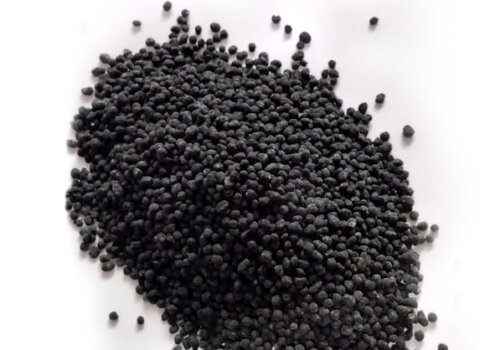Bio Potash Derived From Bottom Ash– The Next Gen Agricultural Practice!
Bio Potash granules derived from bottom ash (a type of bio-stimulant, here forth refer as ‘bio potash’), is a revolutionary product in the field of agriculture that has the potential to change the way we grow crops. It is a replacement for chemical potash for agricultural applications. The major raw material i.e., bottom ash can be extracted from boilers operating in thermal power plants, steel industry, sugar industry, and other similar industries.
As per recent report published by various organisation in the sector, the market is expected to see a surge in demand from the agriculture industry. With its potential to enhance soil health and increase crop yields, bio-stimulants and bio-potash are poised to become key drivers of India’s agricultural growth in the years ahead.
Bio-stimulants are chemicals, substances, and goods that, regardless of the nutritional content of the product, alter the physiological processes of plants to increase growth, yield, quality, and/or stress tolerance.
Eight different types of bio-stimulants, viz. botanical extracts, bio-chemicals, protein hydrolysates and amino acids, vitamins, cell-free microbial products, antioxidants, anti-transparent, and Humic and Fulvic acid and its derivatives, are listed among the bio-stimulants that were notified in the Fertilizer Control Order (FCO).
The bio-stimulant market is expected to experience significant growth in the coming years, thanks to a range of factors including rising demand for organic and sustainable agriculture practices, increasing investment in farming technology, and support of government for agricultural innovation.
In 2022, the market for bio-stimulants was estimated to be worth USD 3.5 billion, and by 2027, it is expected to have grown at a CAGR of 11.8% to reach USD 6.2 billion. As of 2022, the Indian bio-stimulants market is estimated to be around USD 75 million (INR 610 cr.), accounting for approximately 2.1% of the global bio-stimulants market.
Bio Potash is a major source of potassium (K) and other minerals. As wood or coal are of plant origin they retain Potassium (K) enriched ideal composition of all minerals and when turned into ash they are converted into oxide silicates etc. alongside unburnt wood particles. The release of potassium (K) in a slow manner requires micro-organism activity and partially supports Nitrogen (N) fixation, which in most cases suffice Nitrogen (N) requirement.
As per government guidelines, Bio Potash can be categorized as Bio-stimulant if it contains potassium (K) less than 14.7%. Bio Potash derived from bottom ash with the appropriate combinations of materials consists of <14% of potassium (K), hence it can be categorized as Bio-stimulant.
In India, one of the major sources of bottom ash is the power sector, which generated about 241 million tons of ash in 2020-21.
Bio Potash derived from bottom ash is a game-changer for the agriculture industry. It is a cost-effective and eco-friendly alternative to chemical potash, making it the go-to option for farmers worldwide. By using Bio Potash, farmers can ensure healthy crop growth while reducing their carbon footprint. When preparing bio potash, it is important to take precautions regarding the presence of heavy metals below permissible level.
So, if you’re looking for an innovative and sustainable solution for your agricultural growth, Bio Potash derived from bottom ash can be the perfect answer.

“As a global consultant to businesses and organizations worldwide, we can help you to navigate the complexities of the environment, energy transition, business advisory, skill development and identify opportunities for cost-effective savings in your operation”.